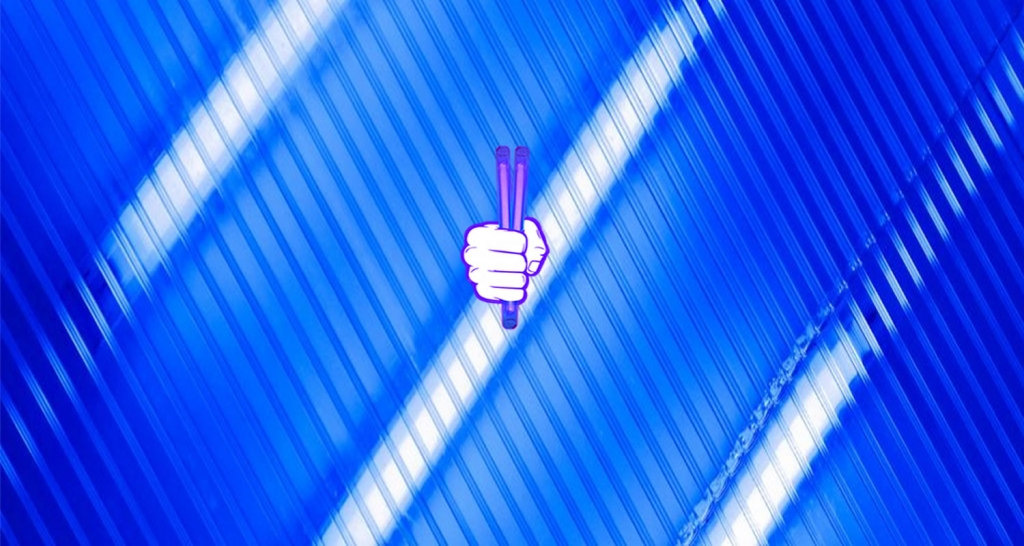In the press
The Short History and Long Future For AP-UVGI (Active Personnel Ultraviolet Germicidal Irradiation)
What Is AP-UVGI?
AP-UVGI is an acronym for Active Personnel Ultraviolet Germicidal Irradiation. AP-UVGI is the substitution of human-safe Far-UVC shortwave irradiation replacing conventional longer wavelength UVGI and UR-UVGI germicidal ultraviolet-c irradiation. This new technology makes AP-UVGI the most disruptive technology-based non-pharmaceutical pandemic countermeasure in human history.
According to a Far-UV 222nm industry leader and the Far-UVC light manufacturers 222nm Org website. The first germicidal research into an excimer lamp (or excilamp) lamps of this high-frequency discharge type were developed in 1982 at the State Optical Institute. SI Vavilov in Leningrad.
Far-UVC radiation from bulbs is triggered by a barrier discharge generated with a high-frequency generator in these excimer lamps.
Noble gas molecule emissions provide the peak wavelengths necessary for AP-UVGI (Active Personnel Ultraviolet Germicidal Irradiation) found to be human-safe at 222nm wavelengths in a narrow part of the electromagnetic spectrum referred to as Far-UVC, which is generated by exciting KrCl molecules inside an excimer bulb.
Who Found The AP-UVGI Frequency Sweet Spot
In the 2000s, germicidal properties of Far-UV were clearly documented. Over the last decade, Columbia University has clearly documented the aspect of human safety, this has since been replicated around the world.
While UVGI dates back over 100 years, AP-UVGI is only starting to get noticed now, thanks to collaborated efforts spanning the last two decades from people worldwide.
The first breakthrough study into the effect of radiation from KrCl 222nm and KrBr, 207nm excimer, lamps on microorganisms and chemical particles began precisely at Tomsk State University – at the Department of Cytology and Genetics – at the beginning of 2000. Thanks to these studies, it was found that, in terms of their technical parameters, excilamps are a very effective system for carrying out ultraviolet inactivation of viruses, bacteria, and pathogens. Dr. Eduard Sosnin supervised the research from the Faculty of Physics of Tomsk State University in Russia.
Safety Confirmation of AP-UVGI Wavelengths
David Brenner directs the Center for Radiological Research at Columbia University, Irving Medical Center in New York City. Over the past eight years, Dr. Brenner and his team have been developing the use of Far-UVC irradiation excilamps. Those lamps neutralize bacteria, bacterial spores, molds, yeasts, and viruses—including SARS-CoV-2.
David Brenner leads the charge for change on a personal note, putting the stamp of approval on filtered versions of excimer lamps emitting between 207nm and 222nm light as safe for deployment in spaces occupied by Active Personnel inside areas undergoing the UVGI decontamination process.
Another study published in September 2020 in the American Journal of Infection Control by researchers at Hiroshima University, entitled Effectiveness of 222-nm ultraviolet light on disinfecting SARS-CoV-2 surface contamination, found that 222nm UV excilamps eliminate 99.7% of surface contamination by Severe Acute Respiratory Syndrome Coronavirus 2 (SARS-CoV-2), the virus that causes COVID-19.
AP-UVGI
(Active Personnel Ultraviolet Germicidal Irradiation)
Extreme Exposure to Filtered Far-UVC: A Case Study
September 2020
https://www.researchgate.net/publication/344375724_Extreme_Exposure_to_Filtered_Far-UVC_A_Case_Study
Study Shows Ushio’s Care222(R) Lamps Effectively Inactivate SARS-CoV-2 (The COVID-19 Virus)
September 4, 2020
https://www.ajicjournal.org/article/S0196-6553(20)30809-9/fulltext
Far-UVC light: A new tool to control the spread of airborne-mediated microbial diseases
August 20, 2020
Far-UVC light: A new tool to control the spread of airborne-mediated microbial diseases
Exploratory clinical trial on the safety and bactericidal effect of 222-nm ultraviolet C irradiation in healthy humans
August 1, 2020
https://journals.plos.org/plosone/article?id=10.1371/journal.pone.0235948
Far-UVC light (222 nm) efficiently and safely inactivates airborne human coronaviruses
June 1, 2020
https://doi.org/10.1038/s41598-020-67211-2
Repetitive irradiation with 222nm UVC shown to be non-carcinogenic & safe for sterilizing human skin
April 1, 2020
https://www.kobeu.ac.jp/research_at_kobe_en/NEWS/collaborations/2020_04_07_01.html
Ultraviolet C light with a wavelength of 222 nm inactivates a wide spectrum of microbial pathogens
March 1, 2020
222-nm UVC inactivates a wide spectrum of microbial pathogens
Long-term Effects of 222-nm ultraviolet radiation C Sterilizing Lamps on Mice Susceptible to Ultraviolet Radiation
March 1, 2020
Long‐term effects of 222 nm ultraviolet radiation C sterilizing lamps on mice susceptible to ultraviolet radiation
DNA Damage Kills Bacterial Spores and Cells Exposed to 222-Nanometer UV Radiation
January 1, 2020
DNA Damage Kills Bacterial Spores and Cells Exposed to 222-Nanometer UV Radiation
Evaluation of acute corneal damage induced by 222-nm and 254-nm ultraviolet light in Sprague–Dawley rats
May 1, 2019
Evaluation of acute corneal damage induced by 222-nm and 254-nm ultraviolet light in Sprague–Dawley rats
Effect of far-ultraviolet light emitted from an optical diffuser on methicillin-resistant Staphylococcus aureus in vitro
August 1, 2018
Effect of far-ultraviolet light emitted from an optical diffuser on methicillin-resistant Staphylococcus aureus in vitro
Chronic irradiation with 222-nm UVC light induces neither DNA damage nor epidermal lesions in mouse skin, even at high doses
February 1, 2017
Chronic irradiation with 222-nm UVC light induces neither DNA damage nor epidermal lesions in mouse skin, even at high doses
February 2017 Germicidal Efficacy and Mammalian Skin Safety of 222-NM UV Light Action spectra for validation of pathogen disinfection in medium-pressure ultraviolet (UV) systems
March 1, 2015
Germicidal Efficacy and Mammalian Skin Safety of 222-nm UV Light
Comparison of the Disinfection Effects of Vacuum‐UV (VUV) and UV Light on Bacillus subtilis Spores in Aqueous Suspensions at 172, 222, and 254 nm
January 1, 2010
Action spectra for validation of pathogen disinfection in medium-pressure ultraviolet (UV) systems
August 2006 Higher effectiveness of photoinactivation of bacterial spores, UV resistant vegetative bacteria, and mold spores with 222 nm compared to 254 nm wavelength
August 1, 2006
Higher effectiveness of photoinactivation of bacterial spores, UV resistant vegetative bacteria, and mold spores with 222 nm compared to 254 nm wavelength

